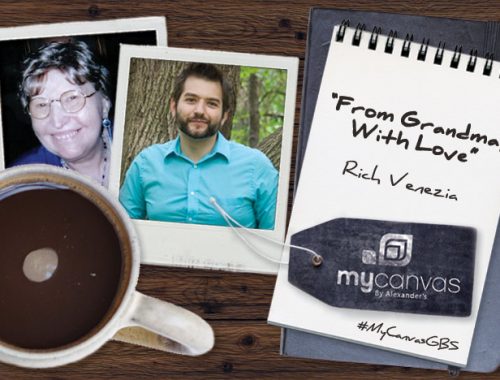We’ve all been there: uncovering an ancestral line based on records or on family stories when suddenly the records vanish–and with them, our ancestor. Our family lore has failed us, and the records aren’t where we think they should be. Though it’s easy to feel disheartened, getting a negative search result is actually a good thing!
Moving away from what we think we know by expanding our search and thinking outside the box can refocus our attention on important details and on finding the correct path, rather than relying on inaccurate records and lore. Plus, it’s possible to find new data and paint a bigger, more accurate picture of our ancestors’ lives by searching outwards from pieces of known data. The empty spaces in your tree can lead to a far more interesting truth by reaching down avenues you would not have gone otherwise. Here are some of the benefits a negative search result can help your family history research:
Finding the truth in family histories
It’s okay to take your family lore with a grain of salt. Memories get fuzzy, or details get mixed up. Sometimes tellers may have even sensationalized elements of a story for their audience, rather than for historical accuracy. However, don’t dismiss all the oral and written histories of your family just yet. It may not be immediately apparent, but you could find evidence later on that proves your grandparents’ memories right.
If you have been told that an ancestor lived in a certain area, but you cannot find him or her, ask why that is. Your ancestor could have moved, or historical events such as war, poverty, and famine could have disrupted where he or she lived. Ask questions like: “What if he moved?” “What if she never came here?” “What if the war affected where they lived?” You might find answers to these questions by searching census records of their last known place of residence, or from states and counties along their route.
Also, expand your search to include similar names. This might open up other channels to more of your yet-unknown relatives with a different spelling, and tell an interesting story if an ancestor changed his or her name.
Searching their F.A.N. Club
If you can’t find an ancestor directly, you might use the people who surrounded them to illustrate their life and find connections. This is otherwise known as searching your ancestor’s F.A.N. Club—their Friends, Associates, and Neighbors. Beginning with their family, including in-laws, you can branch out to associates or neighbors. Then, finish with the community at large. If you branch out this way, you also can piece together their lifestyle, or even find that ancestor’s parents! It’s possible that while parent and child weren’t connected with the ancestor you were searching, their siblings’ or cousins’ connections have been filled in. From there, you can use that data to flesh out your family tree more accurately.
Expanding your own family tree
During your search, you might find several people with the same name and dates of birth within a certain range. Keep a list of these and carefully research each one, eliminating as you go. You may even add family members to your own tree with siblings and children who share their parents’ names! It’s also possible you’ll find duplicates that you can carefully merge. These can also enlarge your family tree.
Participating in indexing
Hit a dead end? Every day, hundreds of volunteers and genealogists index and archive new records that you can search. Wait and try again, and you might find your records during your next search. Or, you can try indexing records yourself! Sometimes searching records from roughly the same time and place as your ancestor might uncover the data you’re looking for. Plus, you won’t have to wait for someone else to do it!
Next time you come across a hole in your family tree, give these a shot. What you find along the way may surprise you!


